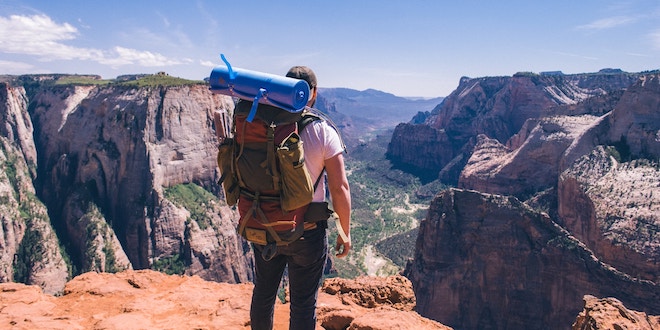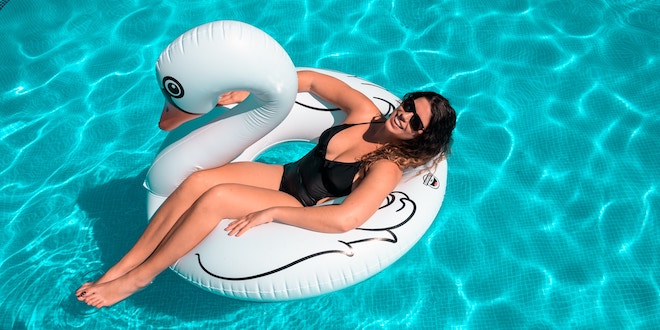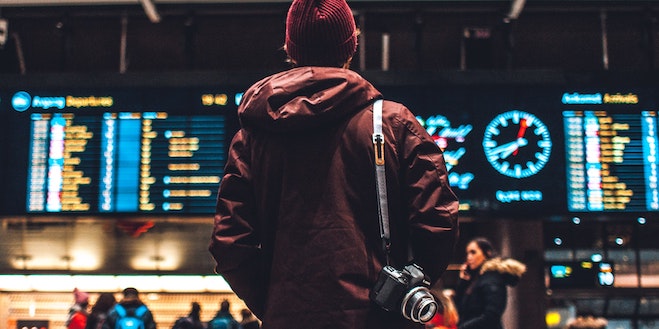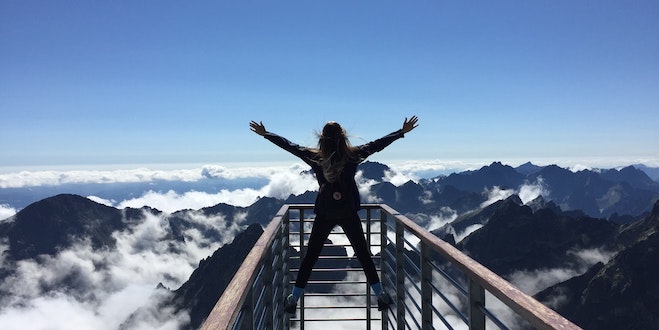How to Pack a Backpack
Last Updated on June 12, 2023
Looking to learn how to pack a backpack? Look no further, packing for your first backpacking trip is equal parts exciting, anxiety-ridden, and overwhelming but we can help with that! Chances are you’re planning to go on a long trip. Maybe even multiple months, even years, at a time. You’re also unlikely to be planning a return home any time soon.
That means you want to ensure you’ve packed the essentials and avoid that unwelcome, “Oh *^#$~, I forgot…” feeling.
The good news is that there are plenty of people, myself included, who have been there and done that. Learn from our collective mistakes and create a checklist of these essential items. Don’t see it as a fixed mantra, this list is a movable feast that can evolve with you and your plans. It is, however, a great place to start and will help you to consider the most important items to go into your backpack.
Essential Items To Pack
These are what we’ve learned to be the must-have items. Almost every backpacker will benefit from having these on board. An important note is that these items aren’t always going to be used. Many of them are there as a “just in case” item. You might not use it on every trip, but the one time you do need it, you’ll be glad it’s there. So let´s learn how to pack a backpack for your first trip!
Sleeping Bag and Pad
There will be times you miss the last bus. You might get stuck in an airport for the whole night. And rest assured, and uncomfortably there will definitely be nights when your lodging just isn’t quite up to cleanliness or comfort standards.
Having your own sleeping bag and lightweight pad is a great way of creating a safe and sound place for a night’s sleep. Don’t underestimate just how much you’ll appreciate that!
Water Filter
If you leave the beaten path or you end up in a place that doesn’t have much in the way of bottled water, you’ll need to use a water filter. Making sure you have guaranteed access to safe drinking water is an absolute necessity. You can buy all sorts of filtration devices nowadays, even filtration straws to help you drink straight from a stream.
First Aid Kit
Unless you have a specific medical condition, the pre-made travel first aid kits carry everything you need. Definitely one of the items that you’ll be happy you’ve got if the need arises. It should include standard first aid items.
That said, there are a few medications I would recommend keeping on hand:
- Anti-nausea and activated charcoal, trust me on this one, you want to keep eating street food. (Gravol can also be used as a sleep aid if needed)
- Polysporin or antibacterial ointment
- Bug repellent
- Anti-itch cream or calamine lotion. There will be bugs.
- Sunscreen
- Any anti-malarial medication prescribed by your travel nurse
- Antacids like Tums or Pepto
Pro Tip: Depending on the trip, I recommend carrying your own hypodermic needle tips in case you need an IV. Some hospitals, especially in rural, less fortunate areas, have been known to reuse them.
Multitool
A Swiss army knife or similar is perfect. You’ll be surprised just how often you use it, and it’s typically the more unusual attachments that help you out. Make sure that you pack it into hold luggage when flying; you’ll be sad to see it confiscated by security.
Headlamp
Power Cuts, camping, late-night treks, overnight trains, the list goes on. Headlamps are lightweight, powerful, and importantly keep your hands free for whatever you need to focus on. Many come with variable brightness settings, even with a red light that helps you see without affecting your night vision.
Map and Compass
Only for the location you’ll be in, then trade it in for your next destination. Really comes in handy when your phone has died, or has no signal.
Portable Charger
See the last point. A portable charger can help you out on those long travel days when all you’ve got for company is the open road and your phone. There’s no guarantee that your bed will have a power source next to you, and if you’re hosteling, the outlets might all be in use. Carrying your own power source is a welcome comfort. Solar versions were historically inefficient but have gotten much better in recent years.
Water Bottle
A decent, durable water bottle is well worth the investment. The most useful will come with a carabiner attachment so you can sling it to the outside of your backpack. Try to keep it as full as possible at all times. You never know when you might be relying on it.
Quality Footwear
If you’re heading to warmer and sunnier places than you’re used to, it’s definitely tempting to travel in and pack only flip-flops. Trust me when I say you’ll appreciate a good pair of hiking shoes. Especially when you sign up for that multi day trek through mountains or jungle. Invest in the best pair you can afford, you get what you pay for.
Rain Cover
There’s nothing worse than getting caught in a storm and your backpack getting flooded. That’s not just you that ends up wet, but all your gear and clothes. Many backpacks have them built into the base but there are many universal options available too.
Phrase Book
Much like the map, carry a pocket version of a phrase book if you don’t speak the local language. Making an effort, no matter how bad your accent is, often goes a long way. Worst case scenario, you’ll at least be able to show the words on the page to the person you’re speaking to. Many will include quick local conversions, especially if they’re using a measuring system you’re not used to. You never know when you’ll need to know 3/8 inch to mm.
Packing Cubes
There is no harm in being organized, even when living out of a small backpack. Packing cubes come in all shapes and sizes and can make your life so much more pleasant. Categorize them and pack them accordingly. I typically have one for electronics and charging cables, another for medical items, another for travel documents, then various clothing items. It can be a huge quality of life improvement rather than unpacking your whole bag to find one item.
Key Takeaways
This isn’t an exhaustive list on how to pack a backpack, nor is it a mandatory one. Part of the fun of backpacking is learning as you go. You’ll add to your pack, you’ll remove things and leave them places, it should evolve and change as you progress through your trip. You certainly will, so there’s no reason your backpack’s contents can’t too.
- Of all the items, I would always take a water filter and first aid kit.
- Don’t be afraid to ask others what they’ve packed. They might share some great tips.
- Always consider the climate and nuances of the specific country that you’re visiting.
You may also like:
Best Backpacking Tips for Hitting The Trail
How to Travel in Southeast Asia on a Budget
Guide to Backpacking By Motorbike







